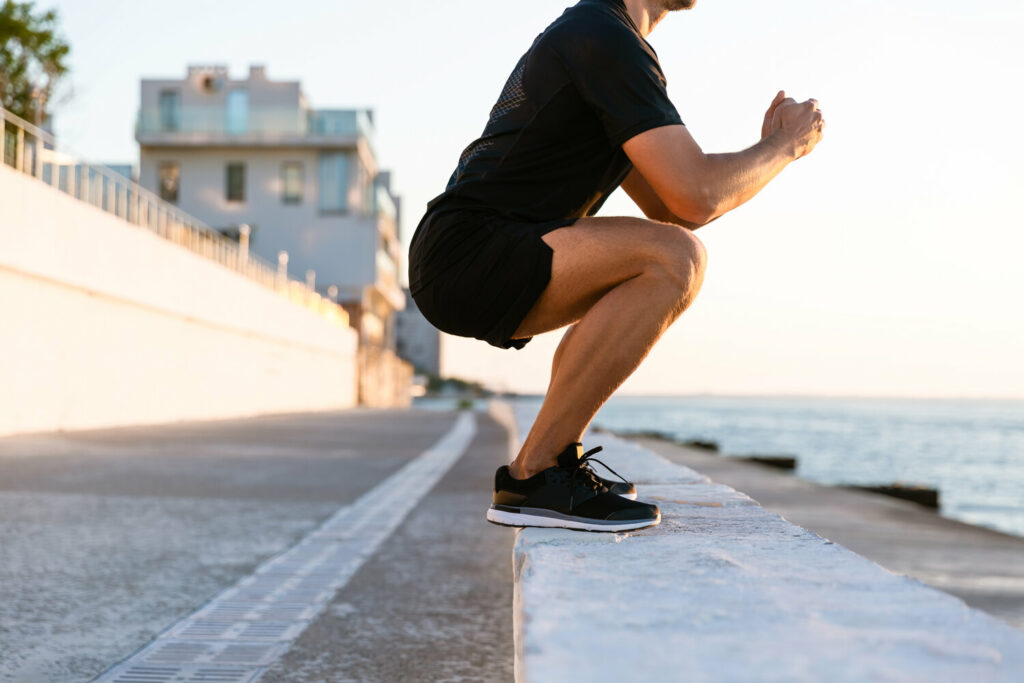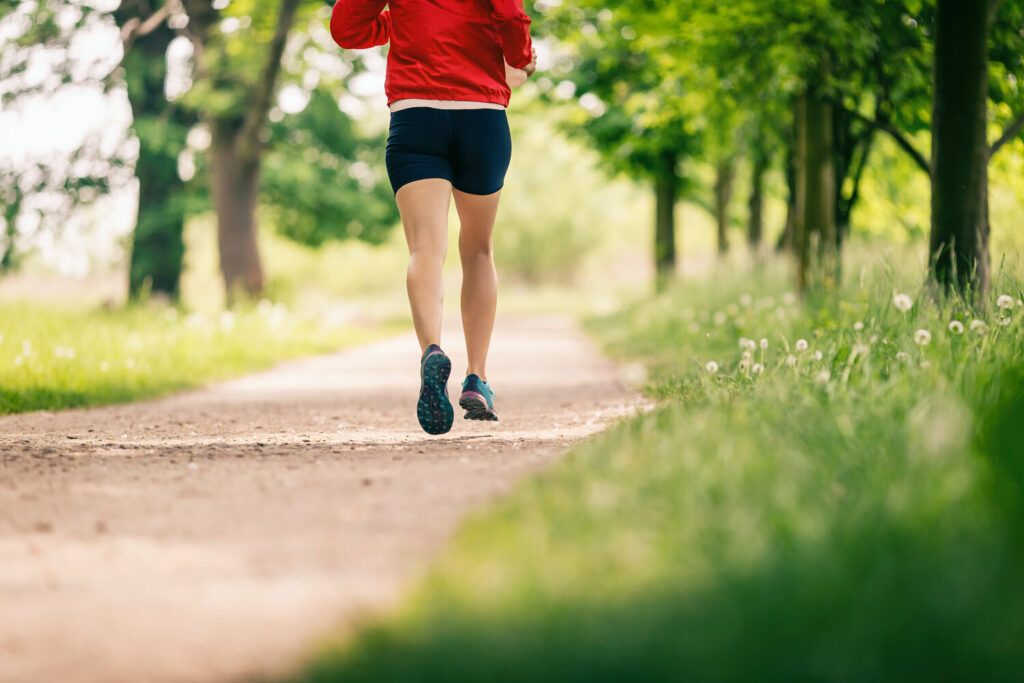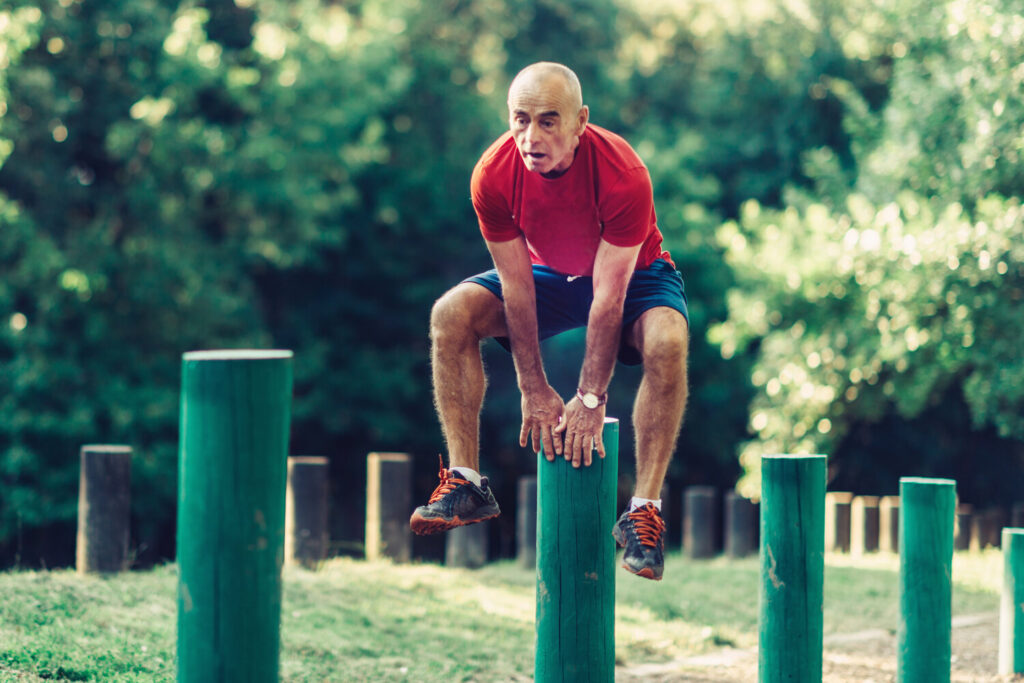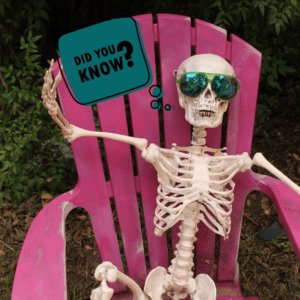Read Time 5-Minutes
Lower back pain (LBP) is a big deal for a lot of people. With up to 80% of people experiencing LBP and 40% having recurrent pain the numbers start to swell very quickly.
Luckily, the good folks of academia have blessed us with many studies looking at LBP and exercise. These look at whether a certain type of exercise is effective for LBP, as well as comparison studies to find out if one form of exercise is MORE effective than something else.

Conventional wisdom may have us believe that specific exercises to strengthen the ‘core’ or back muscles, due to there targeted nature, should be better than a more general one. But that does not seem to be the case.
Much more general exercise seems to be just as effective as specific exercises targeting specific muscles.
A classic comment from the supporters of failed treatments and rehab programmes is “they did not do the exercise right” shifting the blame over to you. But in fact, it is quite difficult to do it wrong.

The good thing with a more general program is they are just as effective. But without the worry of doing it in the ‘wrong’ way.
This is supported with the results of all of these studies HERE, HERE and HERE.
‘There is strong evidence specific stabilisation exercises are NOT more effective than any other form of active exercise in the long term.’
The EVIDENCE of ANY real superiority of one type of exercise over another seems to be lacking. Anyone who tells you they have a SUPERIOR ‘method’ to eliminate your LBP maybe over egging the pudding! My Gran used to tell me if it is too good to be true it probably isn’t true, and this applies in this instance.

So, what does that mean? Exercise that you actually DO will be the most effective. Some questions worth considering when asking what exercise is best for me to do when I have LBP are:
What activities do I ENJOY doing?
How EASY is it for me to fit into my daily routines?
The easier it is for you to do the more likely you are to do it. And the more you do it the more likely it will help your LBP,
A good rehab program should be well rounded and include lots of different types of movement rather than trying to find the magic bullet of one type of exercise. Imagine if athletes only ever practiced one type of exercise! A combined approach to rehab incorporating variation in movements, high and low loads and specific and more general components.

So the CONCLUSION in helping your LBP?
Lots of different types of exercise have a positive effect on LBP.
No one type seems to be superior.
Exercise that you enjoy and is easy for you to do will probably get done and hence have a positive effect.
Consider a rehab program combining different exercise variables e.g., high and low load and types rather than one singular type or exercise method.
Decreased fitness is not clearly associated with LBP.
Structural factors such as lumbar lordosis, pelvic tilt, leg length discrepancy and muscle length are NOT likely to be associated with LBP.
If you would like to discuss any of the above and/or any other issues that you have, then please take us up on our free 15 minute face-to-face or online consultation where you can discuss these issues with one of our specialist physiotherapists.
For interest, below looks at different papers supporting the above comments.
This article HERE looked at Pilates in comparison to a stationary bike.
Core stability exercises versus general exercises for chronic back pain HERE.
Lower back pain using core based exercises was not associated with improved abdominal muscle function HERE.
Walking program compared to specific back strengthening exercises HERE.
HERE looked at a higher loading exercise program versus a lower loading ‘motor control’ program for patients with ‘mechanical’ lower back pain.
Decreased fitness has often been linked to lower back pain and hence the idea of reconditioning as a cure for lower back pain. This did not seem to be the case in this study HERE.
Being physically active is often touted as both prevention AND cure for LBP. This paper HERE suggests that it is not that clear cut.





